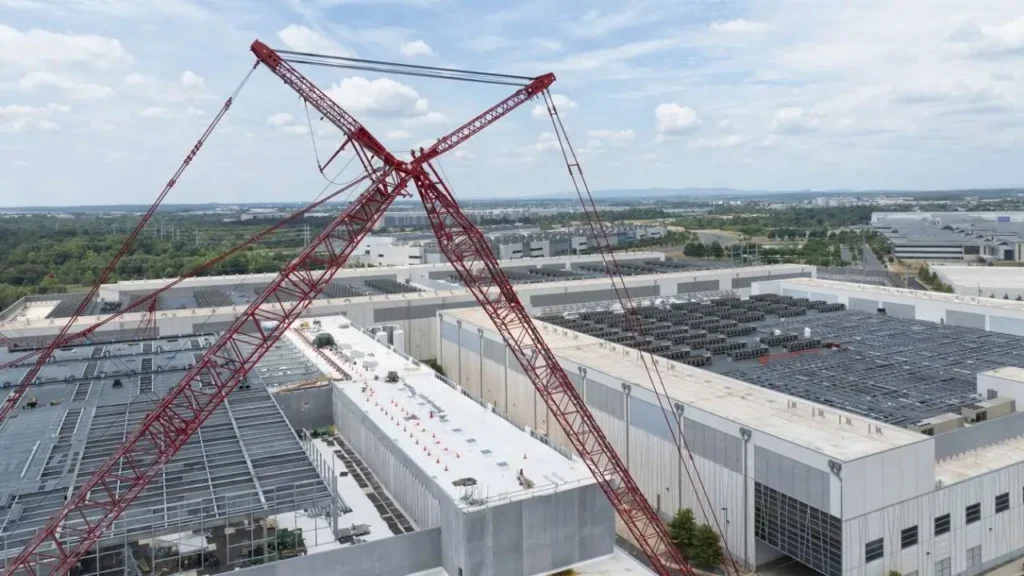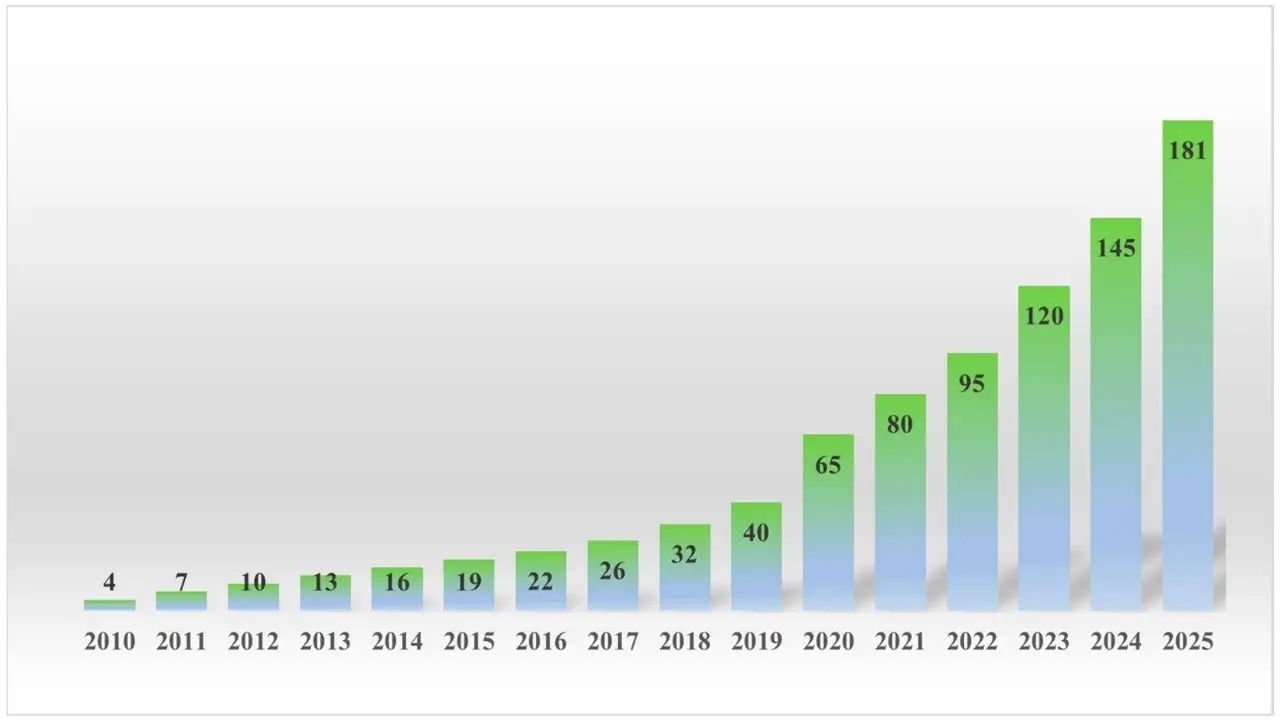When a new subdivision is developed, a vital question emerges: who is responsible for funding the essential infrastructure, such as roads, water lines, and power systems? While these components are crucial for turning empty land into livable spaces, the costs can be significant, and the responsibility for covering them varies depending on local policies, the scale of the development, and the agreements made between developers and municipalities.

This article delves into the intricacies of how these essential services are funded and who ultimately bears the financial burden for infrastructure in new subdivisions.
Who Bears the Costs?
The question of who pays for roads, water lines, and power in new subdivisions is not straightforward. Typically, developers are required to install the necessary infrastructure for roads, water, and power lines before selling any homes. However, while they may bear the upfront costs, these expenses are often passed on to homebuyers through the higher prices of homes in new developments. In some cases, local governments or taxpayers may also contribute to these costs, particularly in areas where the development is viewed as beneficial to the community.
The Role of Developers
Developers are responsible for laying the groundwork for a new subdivision, which includes constructing the basic infrastructure such as roads, sewage systems, and utility lines. These costs are generally reflected in the sale price of the homes within the development. However, developers do not bear these costs alone. They often work with local municipalities to ensure that the necessary infrastructure is in place.
In many cases, developers must pay for infrastructure construction and upgrades as part of an agreement with the local government. These agreements are intended to ensure that new developments do not strain existing public infrastructure. For example, when a new subdivision is planned, the local government may require the developer to fund road expansions, sewer improvements, or upgrades to the existing water treatment facilities to accommodate the increased population.
While developers may incur significant costs upfront, they typically recoup their expenses through the sale of homes. In some regions, developers may also negotiate for financial assistance or incentives from local governments, such as tax credits or subsidies, to help offset the cost of building infrastructure. This is particularly common in areas where there is a need to spur growth or revitalize economically distressed neighborhoods.
The Role of Local Governments and Taxpayers
Though developers shoulder much of the financial responsibility for infrastructure installation, local governments often play a crucial role in funding the necessary improvements, especially when new subdivisions extend existing utilities or involve upgrades to public infrastructure. This can include expanding roads, enhancing water supply systems, or updating power grids to handle increased demand.
Local governments often provide financial assistance to developers in the form of impact fees, tax incentives, or public bonds to help pay for infrastructure development. Impact fees are charges levied on developers to compensate the community for the added infrastructure burden their new development will place on local services. These fees are designed to help cover the cost of expanding public utilities, improving transportation networks, and ensuring that other essential services are not overwhelmed by the new population.
In certain cases, the local government may take on some of the responsibility for infrastructure development, particularly in rural or underserved areas. For instance, municipalities may finance the extension of water and power lines to new developments using tax revenues or government grants. This approach helps ensure that the costs of expanding infrastructure are shared by the broader community rather than placing the full burden on developers or homebuyers.
The public sector’s involvement in funding infrastructure improvements can be particularly important when there is a need to modernize aging infrastructure or extend services to underserved areas. These projects often require significant capital investment, which may be beyond the financial capacity of individual developers.
Hidden Costs for Homebuyers
While developers are responsible for the initial construction of infrastructure, the costs are often passed on to homebuyers. The added expense of infrastructure development can increase the price of homes in new subdivisions by thousands of dollars. This is especially true in suburban and rural areas, where the cost of extending infrastructure to previously undeveloped land can be substantial.
In addition to the higher upfront costs of purchasing a new home, homeowners in newly developed subdivisions may also face ongoing fees for infrastructure maintenance. For example, homeowners’ associations (HOAs) in some subdivisions may charge monthly or annual fees to cover the upkeep of shared amenities such as roads, parks, and common areas. These fees can add up over time, increasing the overall cost of living in a new subdivision.
Moreover, homeowners may be required to pay for the maintenance and repair of the infrastructure in their subdivision, particularly if the local government has not yet assumed responsibility for maintaining roads or water systems. This can place a significant financial burden on residents, especially if there are unforeseen issues with infrastructure, such as road repairs or water system failures.
While these additional costs may not be immediately apparent to potential homebuyers, they can add substantial financial pressure over time. As a result, buyers should be aware of the potential for hidden costs in new subdivisions and should consider factors such as HOA fees and long-term infrastructure maintenance before committing to a purchase.
Impact on Local Governments and Taxpayers
The financial responsibility for infrastructure development is not limited to developers and homeowners. Local governments and taxpayers also play a significant role in funding infrastructure improvements. In some cases, municipalities may use public funds to cover the costs of expanding water lines, power systems, and transportation networks to accommodate new subdivisions.
In cities and towns with rapidly growing populations, the demand for infrastructure improvements can strain public resources. Local governments may be required to issue bonds or raise taxes to fund these improvements, which can result in higher tax rates for residents. In some cases, the cost of upgrading infrastructure to meet the needs of new subdivisions may be passed on to existing residents, who may see an increase in their property taxes or utility fees.
Additionally, local governments may face pressure to ensure that new developments do not negatively impact existing infrastructure. For example, the construction of a new subdivision may require upgrades to nearby sewage treatment plants or water supply systems, which can be costly for local taxpayers. In such cases, municipalities may be forced to borrow money or raise taxes to fund these improvements, leading to a redistribution of the financial burden from developers and homebuyers to the broader community.
Municipalities may also face challenges in ensuring that infrastructure improvements are properly maintained over time. Roads, water lines, and power grids require ongoing upkeep to remain functional, and the costs of maintenance can add up quickly. In some cases, local governments may struggle to keep up with the demands of maintaining infrastructure in rapidly growing areas, which can result in deteriorating services and increased costs for taxpayers.
New Homes, Crowded Schools? How Development is Reshaping the Cache County School District
Balancing Development with Sustainability
As the demand for new subdivisions continues to grow, there is increasing pressure on local governments to balance development with the sustainability of infrastructure. Urban sprawl, particularly in suburban areas, can place significant strain on public services and utilities. Without careful planning, the costs of upgrading and maintaining infrastructure can quickly escalate, leading to financial difficulties for local governments and taxpayers.
One potential solution to these challenges is the use of public-private partnerships (PPPs), which allow developers and municipalities to work together to fund infrastructure projects. PPPs can help reduce the financial burden on local governments by allowing private developers to contribute to the cost of infrastructure development in exchange for access to new land for development. This can result in more efficient infrastructure development and help ensure that costs are shared between the public and private sectors.
In addition to PPPs, municipalities can also explore alternative financing options, such as user fees, special assessments, or developer contributions. These methods allow developers to contribute directly to the cost of infrastructure, ensuring that the burden is not passed entirely onto taxpayers or homebuyers.
Urban planners are increasingly emphasizing the need for sustainable development practices that prioritize long-term infrastructure maintenance and minimize the environmental impact of new developments. By focusing on sustainable building practices and energy-efficient infrastructure, municipalities can help reduce the long-term costs of maintaining roads, water systems, and power grids.

















